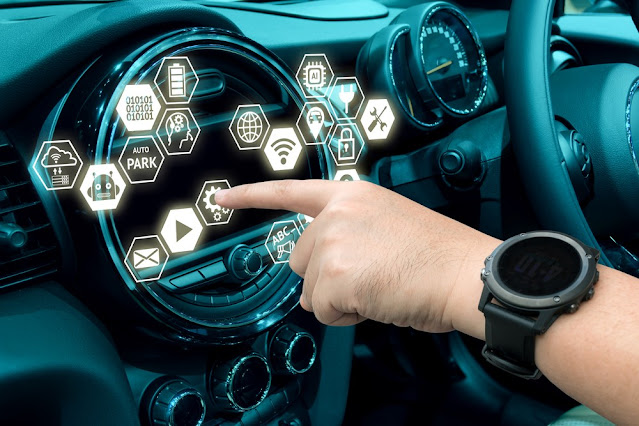Emerging Trends in the Industrial Sensors Market
 |
| Industrial Sensors Market |
Introduction:
The
industrial sensors market has been experiencing significant growth in recent
years, driven by advancements in technology, increasing automation in various
industries, and the need for real-time data monitoring. Industrial sensors play
a critical role in collecting data, enabling process optimization, improving
operational efficiency, and enhancing safety in industrial environments.
Market
Overview:
The
Industrial
Sensors Market has witnessed steady growth and is projected to continue
expanding at a robust rate in the coming years. Factors such as the rising
adoption of Industrial Internet of Things (IIoT), industry 4.0 initiatives, and
the growing demand for predictive maintenance solutions are driving the
market's growth. Industrial sensors are deployed across various industries,
including manufacturing, automotive, healthcare, energy, and aerospace, among
others. According to Coherent Market Insights, The global industrial sensors market size was valued at US$
19.68 billion in 2022 and is anticipated to witness a compound annual growth
rate (CAGR) of 8.44% from 2023 to 2030.
Key
Trends in the Industrial Sensors Market:
1. Internet
of Things (IoT) Integration
The
integration of industrial sensors with IoT platforms has revolutionized the
industrial landscape. IoT integration enables real-time data monitoring, remote
sensing, and predictive analytics, allowing businesses to optimize operations,
reduce downtime, and improve productivity. Industrial IoT platforms provide a
centralized system to manage and analyze sensor data, facilitating better
decision-making and predictive maintenance.
2. Industry
4.0 and Smart Factories
The
adoption of Industry 4.0 concepts, including automation, robotics, artificial
intelligence, and advanced analytics, has increased the demand for intelligent
and connected sensors. Industrial sensors are crucial components in smart
factories, where they enable seamless communication, monitor equipment health,
track inventory, and enhance overall efficiency. The trend towards smart
factories is driving the demand for advanced sensors, such as temperature
sensors, pressure sensors, motion sensors, and proximity sensors.
3. Wireless
and Remote Sensing
Advancements
in wireless communication technologies have led to the widespread adoption of
wireless and remote sensing solutions in industrial environments. Wireless
sensors eliminate the need for extensive cabling, reduce installation costs,
and provide flexibility in sensor placement. They enable real-time monitoring
of critical parameters, such as temperature, humidity, and vibration, across
large areas, improving operational efficiency and reducing maintenance costs.
4. Miniaturization
and MEMS Sensors
The
trend towards miniaturization and the development of Micro-Electro-Mechanical
Systems (MEMS) technology have significantly impacted the Industrial Sensors Market.
MEMS sensors are compact, low-cost, and offer high sensitivity and accuracy.
They find applications in areas such as automotive, consumer electronics, and
healthcare. The miniaturization of sensors allows for their integration into
small devices and equipment, facilitating advanced sensing capabilities and
enabling the Internet of Nano-Things (IoNT) in industrial settings.



Comments
Post a Comment